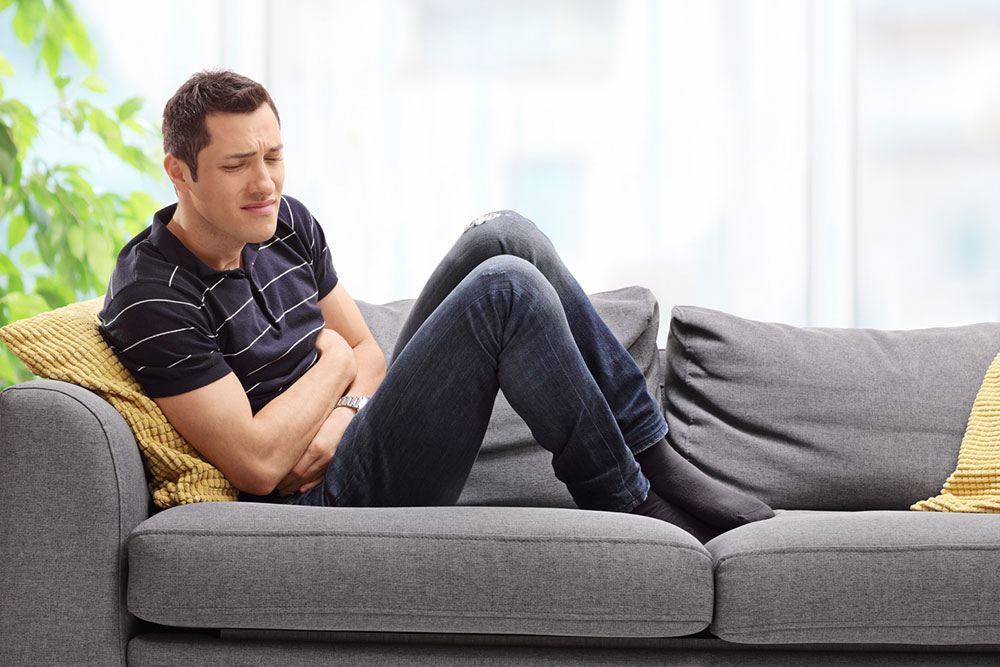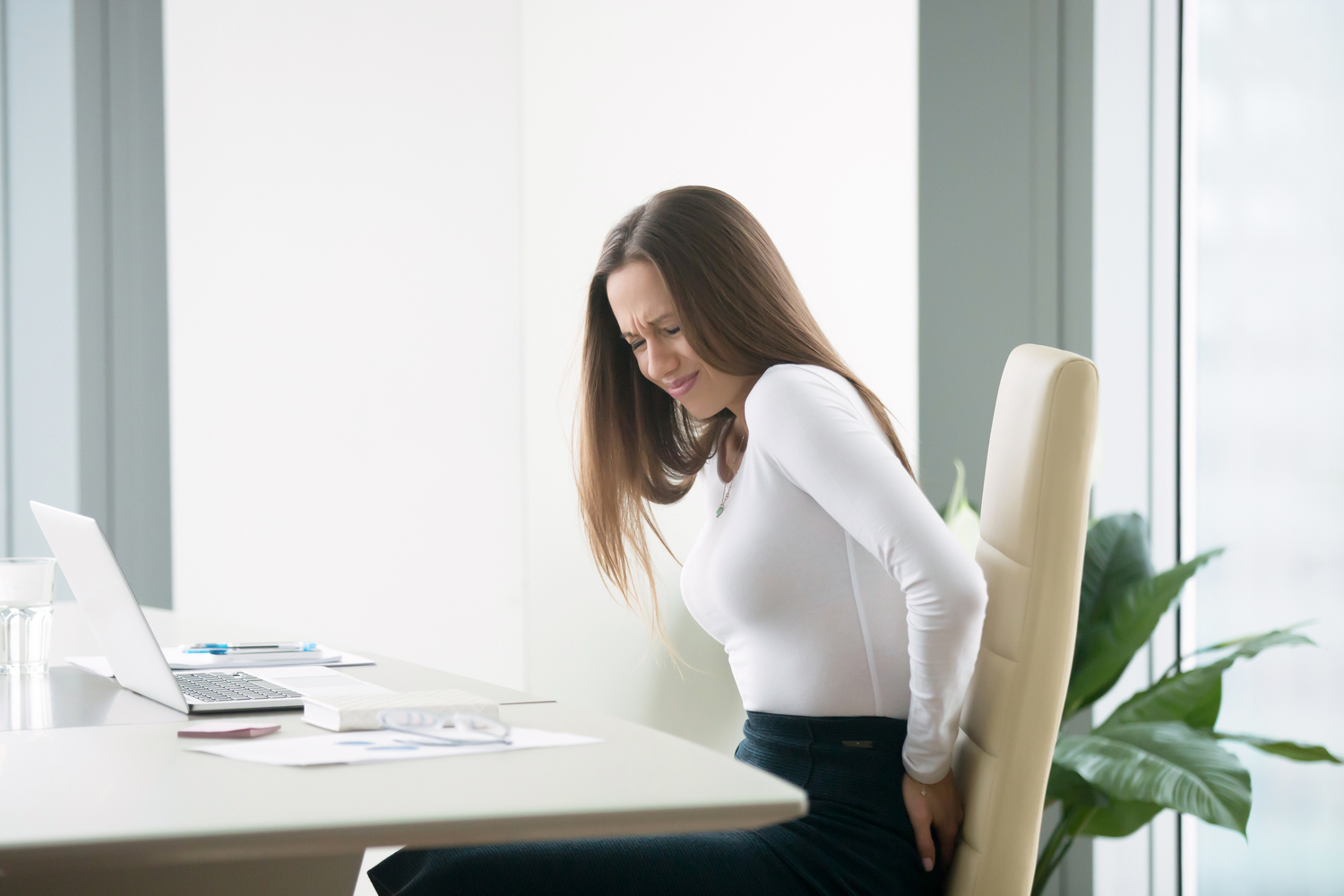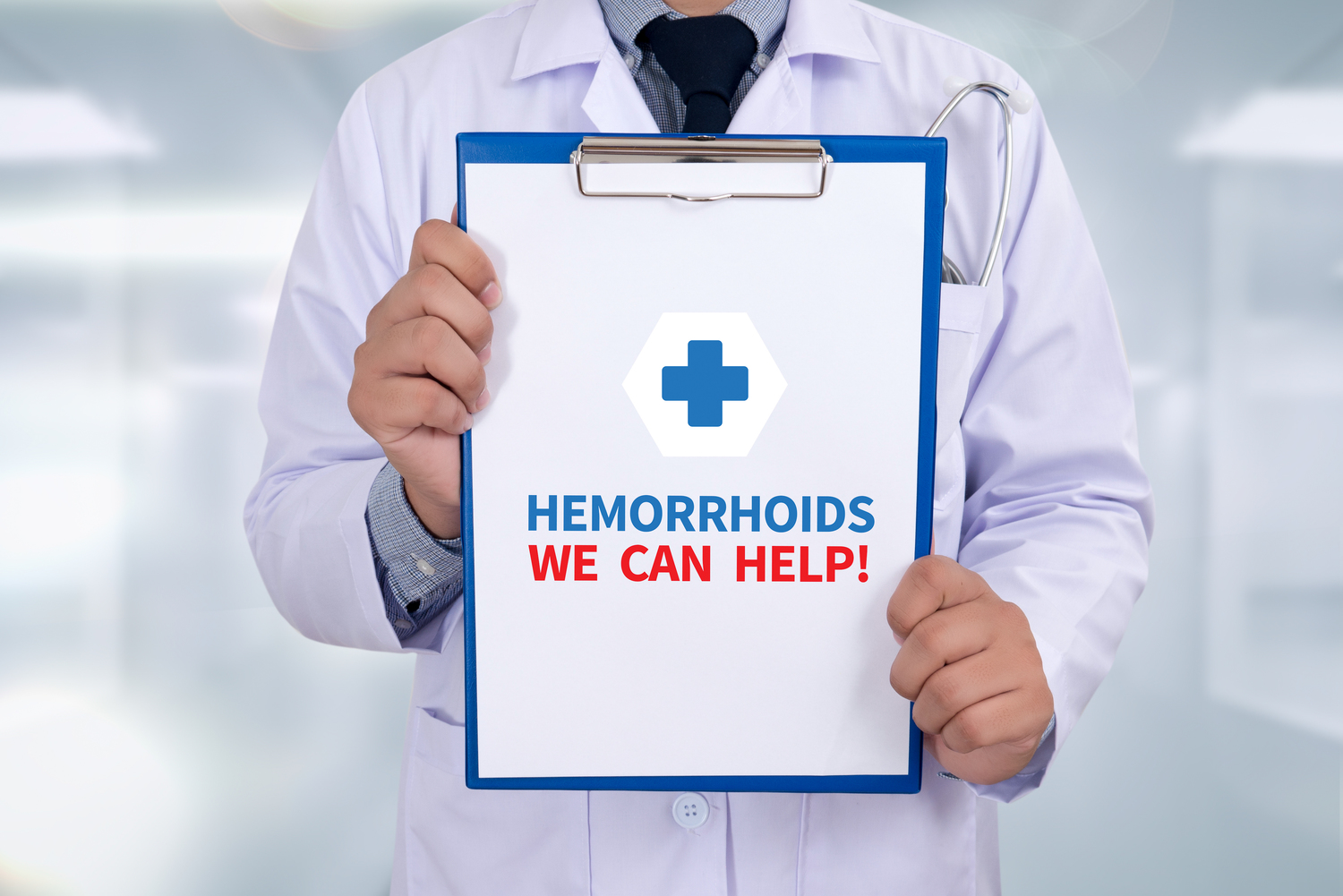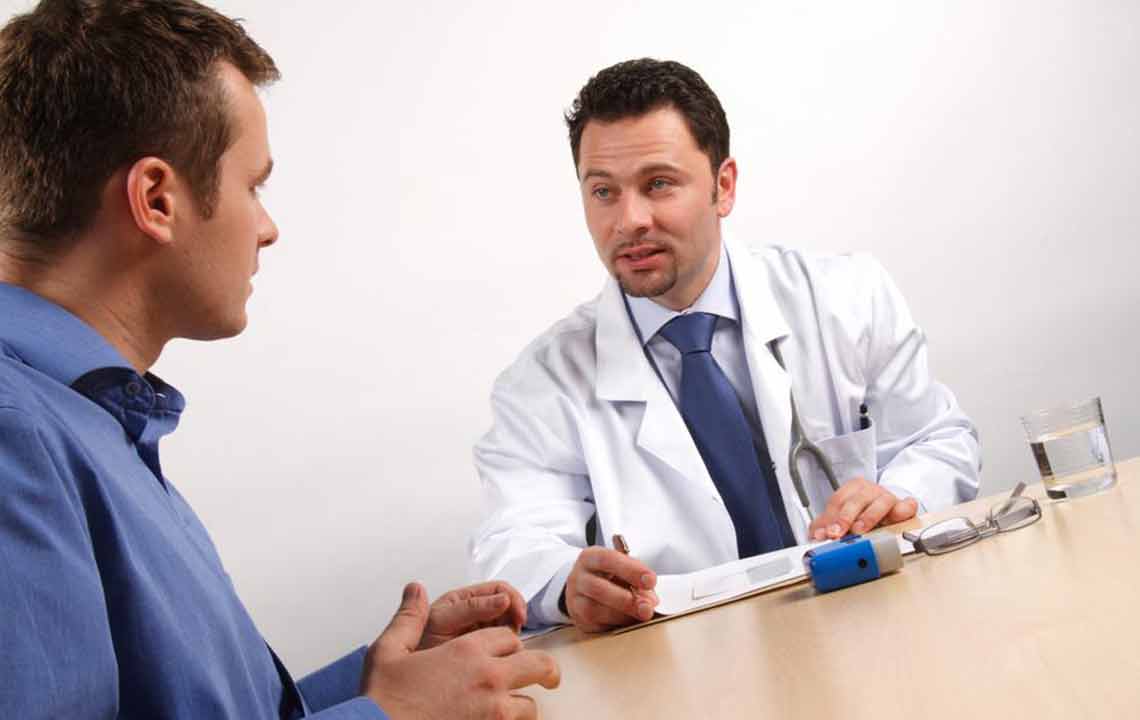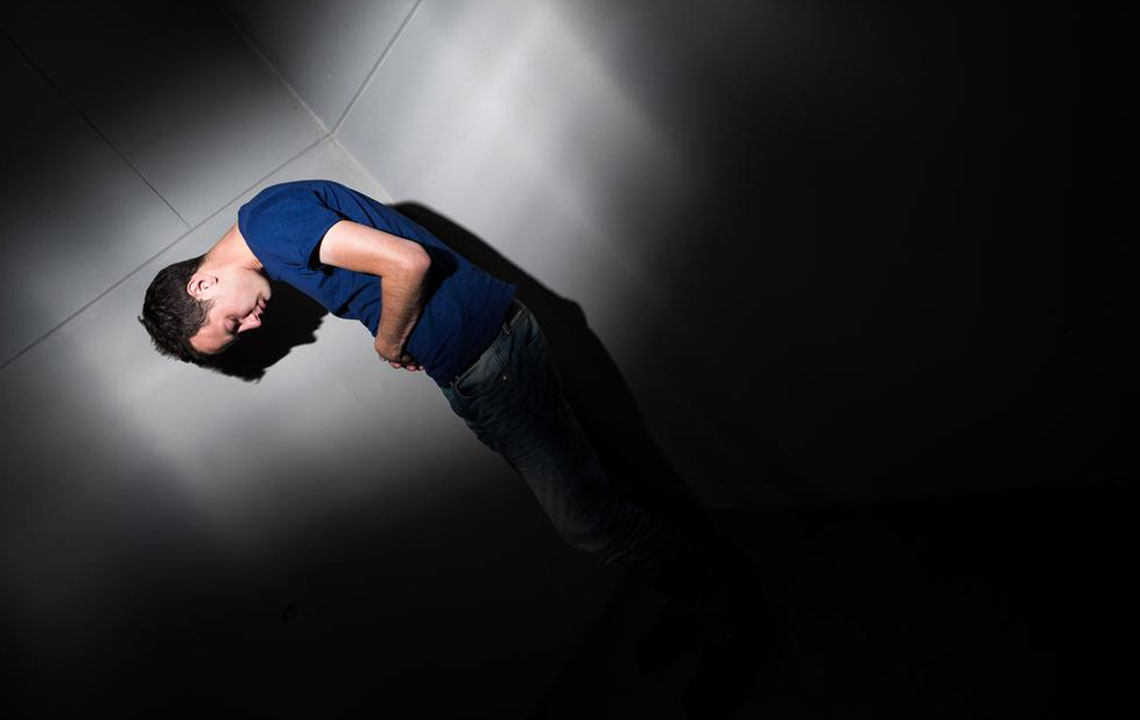Understanding External Hemorrhoids: Causes, Symptoms, and Effective Treatments
This article provides a comprehensive overview of external hemorrhoids, including causes such as pressure and prolonged sitting, symptoms like pain and bleeding, and treatment options from home remedies to surgical procedures. Emphasis is placed on early diagnosis, prevention strategies like fiber-rich diets, and addressing symptoms promptly for effective management, ensuring the best outcomes and improved quality of life for affected individuals.
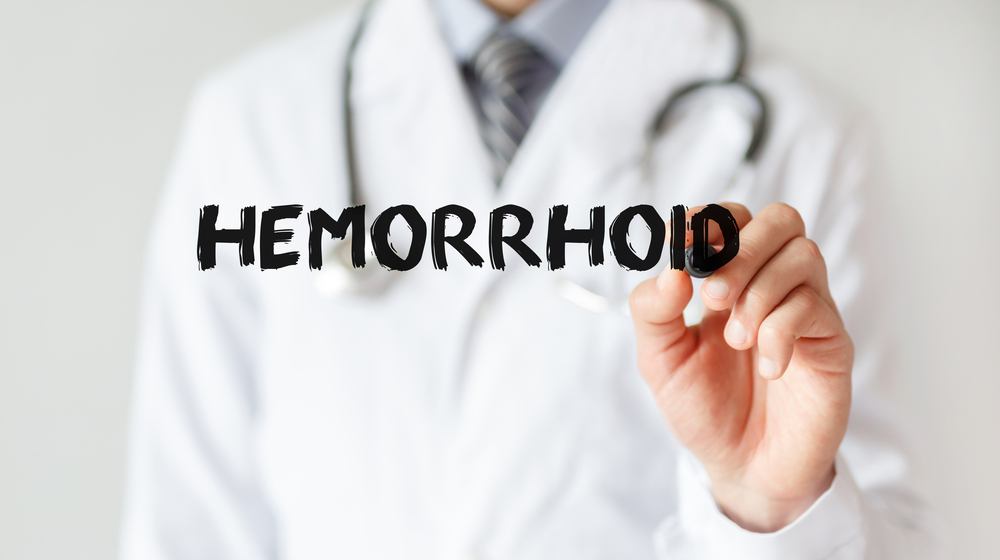
Understanding External Hemorrhoids: Causes, Symptoms, and Effective Treatments
Understanding External Hemorrhoids: Causes, Symptoms, and Effective Treatments
Hemorrhoids, commonly known as piles, occur when blood vessels in the anal or rectal walls become swollen. External hemorrhoids refer specifically to those forming outside the anal opening. This condition can cause pain, itching, bleeding during bowel movements, and discomfort. Prompt treatment is essential, especially when pain arises during defecation. These hemorrhoids develop beneath the skin around the anus and are often painful due to the abundance of nerve endings in that area, and they tend to bleed as well.
Below is detailed information about the causes, symptoms, and treatment methods for external hemorrhoids.
What leads to external hemorrhoids?
Excessive pressure on the veins surrounding the anal region is a primary factor. This pressure causes the vessels to stretch and protrude. Contributing factors include:
Straining during bowel movements
Chronic constipation
Ongoing diarrhea
Pregnancy
Prolonged sitting, especially on toilets
What are the signs of external hemorrhoids?
Symptoms vary with the severity but typically include:
Discomfort or pain around the anus
Itching near the anal area
Visible lumps or swellings
Blood on toilet paper or in stools
Pain when seated for long periods
If these symptoms occur, especially together, consulting a healthcare professional is recommended for proper diagnosis and treatment.
How are external hemorrhoids diagnosed?
Since symptoms can resemble other conditions, a doctor will perform a physical exam and possibly additional tests such as:
Proctoscopy
Digital rectal examination
Colonoscopy
Anoscopy
What treatment options are available?
Treatments depend on how severe the hemorrhoids are:
Mild cases may improve with home remedies, including the use of cold packs, topical creams, and suppositories.
Severe cases might require surgical procedures like hemorrhoid removal (hemorrhoidectomy) or tissue coagulation with electrical or laser methods.
Non-surgical options such as rubber band ligation or sclerotherapy can help reduce hemorrhoid size.
Preventive measures for external hemorrhoids
Prevention is preferable to treatment. Tips include:
Avoid straining during bowel movements
Use laxatives or stool softeners if constipated
Consume a fiber-rich diet with items like whole grains, vegetables, and fruits
Drink plenty of fluids, about 8-10 glasses daily
Exercise regularly to maintain a healthy weight
Respond promptly to the urge for bowel movement
Avoid long periods of sitting, especially on the toilet

